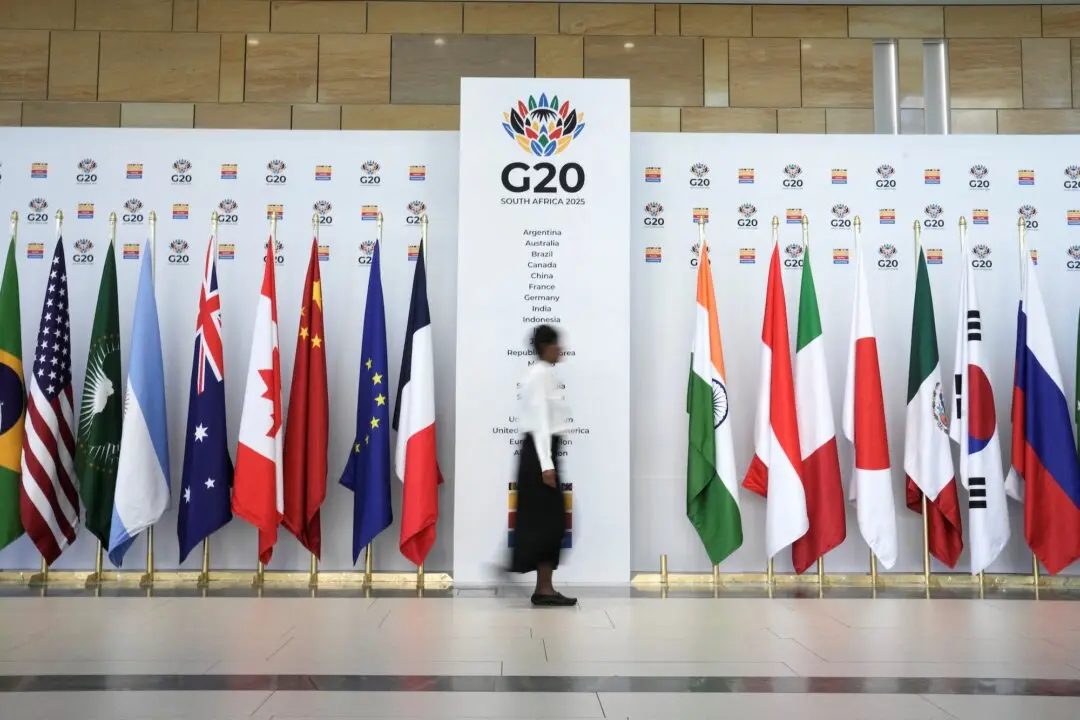U.S. stock index futures fell from their record highs on Jan. 6 as growing tensions between the United States and Iran sparked a pivot to safer assets, with safe-haven gold hitting six-year highs.
After ending 2019 on a strong note, Wall Street’s main indexes have dipped after the killing of a top Iranian general by the United States last week raised the threat of a new Middle East flare-up.





